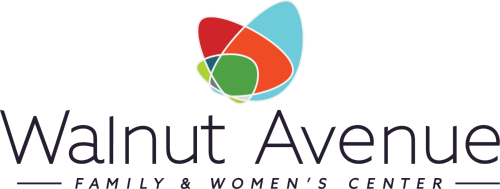Survivor Art Exhibition 2024: "Harm / Hope"
The survivor art exhibition is an annual event in which the experiences and realities of survivors of domestic violence are highlighted in the survivors’ own visual expressions.
This exhibition is a walk-through display of two- and three-dimensional works which have been set up in Walnut Avenue’s historic Victorian location near Downtown Santa Cruz. Admission and participation are both free and folks can come visit anytime between 11am-4pm.
About the 2024 Exhibition
Theme: “Harm / Hope”
Date: Saturday, October 5th
Time: 11am-4pm PST
Location: 303 Walnut Avenue, Santa Cruz, CA, 95060
Admission: free
Artist registration: free
Due to the sensitive nature of some of the works, viewer discretion is advised. Walnut Avenue itself will not be enforcing any age-specific access.
Admission
Free!
Interested in volunteering instead? Check out our volunteer page.
Register as a Participating Artist
We welcome participation from all survivors of domestic violence over age 18, regardless of gender or level of experience in artistic expression!
The theme of 2024’s art exhibition is “Harm / Hope.” Artists aged 18 or older may submit 1-3 pieces under one or both of the theme’s categories. Works may be two-dimensional or three-dimensional and made from almost any medium.
For more details and to register as a participating artist, please use this form:
Register as a Participating Artist
Artist registration closes on August 31.
Staff Contact
If you have questions, concerns, or feedback, please contact the coordinator, Marjorie Coffey (they/them), at mcoffey@wafwc.org.
Logistics & Facilities
Transportation
Two-hour, street-side residential parking is available for private vehicles
A bike rack is available at our front door
A bus stop located on neighboring block; Santa Cruz metro station is about four blocks away
Facilities
Walnut Avenue is located inside of a late Victorian former home. This means that while modern updates have been made, such as the elevator, the interior layout does involve some narrow hallways and blind corners.
Bathrooms
three single-person, gender-neutral bathrooms
one bathroom accommodates a standard-sized wheelchair and contains a baby-changing station
Elevator - accommodates a standard-sized wheelchair; provides access between first and second floors
Ramps - both the front and back doors have concrete ramps with low angle; there’s a half-inch bottom door jamb that can be a challenge for some mobility aids
Animals - both registered service animals and emotional support animals are welcome
Seating - viewing the exhibition involves moving around a room or through a hallway, but seating on chairs or sofas are available throughout the building; visitors may take as much time as they like between 11am-4pm
Thumbnail image (c) Casey Horner.
